Landscape/border design help and critique needed
HMW
6 years ago
Featured Answer
Sort by:Oldest
Comments (62)
Related Discussions
FG sectional approach to border (or landscape?) design?
Comments (10)If only there was a sectional approach to maintenance! When I try to do "sectional" maintenance rather than spending whole days cleaning up everything at once what I end up with is a series of rotating "beds of horrors"! On topic I like this FG approach. Harmony through repetition while biting off what you can chew. Much better, for example, than what I inherited as the edging beds to my loong driveway, a design which I liked to call a "technicolor craptacular". All along our drive the "garden designer" had planted hundreds of mountain laurels (over 300). At the bottom of the drive they bloomed a deep maroon, next to groups blooming in bright red, next to groups of magenta, then pink, then ivory, then white so that we had a "rainbow" from dark to light from the bottom to the top. Oh my eyes! Not to mention the fact that they were planted so close together they were all shooting straight up in the air like they were being held up at gunpoint! Gah. Still trying to fix this mess so the sectional approach may help....See MoreRoof design help? Need plan critique as well
Comments (41)My DS has 54 linear feet of books in his bedroom. 8*6=48. So that's 6 feet short. Of course, we homeschool and read LOTS of books here. Where is the babydoll's high chair going to be? The babydoll crib and stroller? Dress up clothes--how do they fit on a 1' deep shelf? In tons of buckets? Large toy weapons will fall off. Will each stuffed animal sit out individually? What about separating out "treasures" (which are really just for display--like models and trophies) from stuff that's to be played with? What about the dollhouse? Model castle? Duplo table? Train table? Crafts--will they only be done in the kitchen? Baby's play mat? Mini rocker? Play kitchen? Play vacuum? There are SO many things that won't fit on shelves--and so many more that will be impractical! But with a larger bedroom, you can store many of them--and with a real dedicated playroom, much more. Keep in mind that only the bottom 2' will be accessible to them at first, and after that, only the bottom 3' and then, for a LONG time after, only the bottom 4. All my kids' stuff is on shelves that are only 4' high--the 7-y-o can't reach anything higher. I had the BRILLIANT idea when I just had my first kid that I'd keep all his toys (that would fit) in a 14" deep wardrobe that was 48" wide. It was a DISASTER. Sure, I could fit all the toys that were the right size in it, but my son could only reach a small portion of them and couldn't put hardly anything up on his own. It was a nightmare! I'm not telling you these things to be mean. I'm saying them because I've BTDT. If you proceed as you wish right now, you'll sink a lot of effort and heartache into a house that will, within a few short years, become unlivable and will drive you to seek another option and that, with the current layout, be unattractive to potential buyers inside and out. (I have family friends who made the same mistakes in bedroom size and master bathroom. Their house was on the market for a year and a half in a hot market.)...See MoreNeed help with breakfast room design and overall layout critique.
Comments (1)Post this in the Kitchens forum for best results....See MoreCritique my SF Bay Area landscape design?
Comments (18)daylily, no offense at all :-)) I completely understand where you are coming from and only wanted to point out that this is indeed a pretty common occurrence!! However, one of the major responsibilities of a skilled landscape designer is to guide their clients/homeowners towards good design choices. That is, after all, one of the primary reasons they have contracted with a designer in the first place! And one of those "proper" choices is to ensure that the garden is not overplanted from the beginning. IMO, designers that do overplant (or overdesign) - even at the client's wishes - are doing their clients a major disservice both in terms of economics and overall plant health. And appearance!! This is not always an easy concept to communicate, however. Most homeowners get any garden design exposure they have from TV landscaping shows and we all know how condensed and far from true life these really are. They are done entirely for show, not for practicality, so an overplanted landscape is pretty much par for the course. It has to look perfect, not spotty, for the reveal at the end of the show!! I sometimes wonder what these "perfectly filled-in" landscapes look like a year or two down the road........not very good, I bet. I just did a consult yesterday afternoon that mirrored this exact situation. The clients inherited a grossly overgrown garden when they moved in and have spent considerable time and effort in clearing out the excess. Now they want to replant and wanted my help in plant choices and placement. The wife totally got the need for restraint and allowing things to fill in over time. The husband however wanted to cram it full of plants right now - no bare soil showing - and it took both of us some doing to convince him otherwise!!...See MoreHMW
6 years agowhitewatervol (Z 8a/7b Upstate SC)
6 years agolast modified: 6 years agoYardvaark
6 years agoHMW
6 years agowhitewatervol (Z 8a/7b Upstate SC)
6 years agosamarnn
6 years agoYardvaark
6 years agolast modified: 6 years agoHMW
6 years agol pinkmountain
6 years agoYardvaark
6 years agoHMW
6 years agoHMW
6 years agoHMW
6 years agocearbhaill (zone 6b Eastern Kentucky)
6 years agoKim in PL (SoCal zone 10/Sunset 24)
6 years agol pinkmountain
6 years agoAnna (6B/7A in MD)
6 years agoHMW
6 years agoHMW
6 years agoYardvaark
6 years agoHMW
6 years agosamarnn
6 years agoYardvaark
6 years agosamarnn
6 years agoYardvaark
6 years agoHMW
6 years agoHMW
6 years agomad_gallica (z5 Eastern NY)
6 years agoHMW
6 years agoYardvaark
6 years agoKim in PL (SoCal zone 10/Sunset 24)
6 years agoHMW
6 years agosamarnn
6 years agol pinkmountain
6 years agolast modified: 6 years agoHMW
6 years agowhitewatervol (Z 8a/7b Upstate SC)
6 years agoAnna (6B/7A in MD)
6 years agolast modified: 6 years agoHMW
6 years agowhitewatervol (Z 8a/7b Upstate SC)
6 years agoHMW
6 years agowhitewatervol (Z 8a/7b Upstate SC)
6 years agol pinkmountain
6 years agolast modified: 6 years agoKim in PL (SoCal zone 10/Sunset 24)
6 years ago
Related Stories
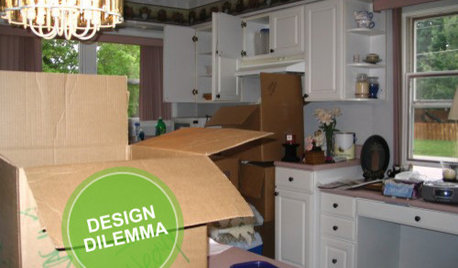
KITCHEN DESIGNDesign Dilemma: My Kitchen Needs Help!
See how you can update a kitchen with new countertops, light fixtures, paint and hardware
Full Story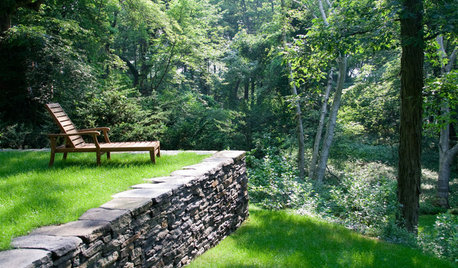
LANDSCAPE DESIGNWhat the Heck Is a Ha-Ha, and How Can It Help Your Garden?
Take cues from a historical garden feature to create security and borders without compromising a view
Full Story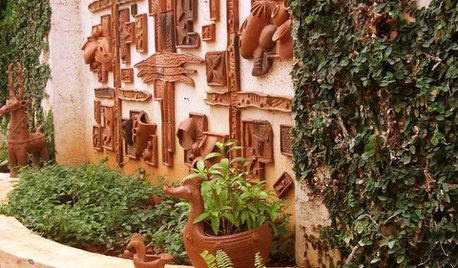
DECORATING GUIDESSlow Design: Today's 'Wabi-Sabi' Helps Us Savor the Moment
Learn about the design movement that's aiming to satisfy our real needs, leaving materialism in the past
Full Story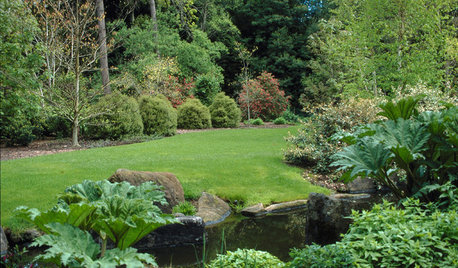
GARDENING GUIDESYou Don't Need Prairie to Help Pollinators
Woodlands, marshes, deserts — pollinators are everywhere
Full Story
PETS6 Ways to Help Your Dog and Landscape Play Nicely Together
Keep your prized plantings intact and your dog happy too, with this wisdom from an expert gardener and dog guardian
Full Story
ORGANIZINGGet the Organizing Help You Need (Finally!)
Imagine having your closet whipped into shape by someone else. That’s the power of working with a pro
Full Story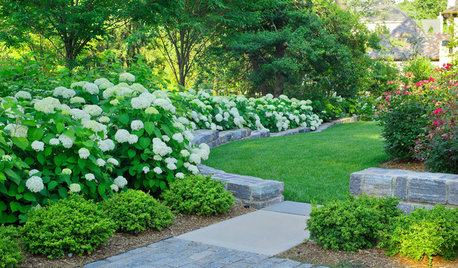
FLOWERS AND PLANTSHydrangea Arborescens Illuminates Garden Borders and Paths
This long-blooming eastern North American native shrub finds a home in landscapes around the world
Full Story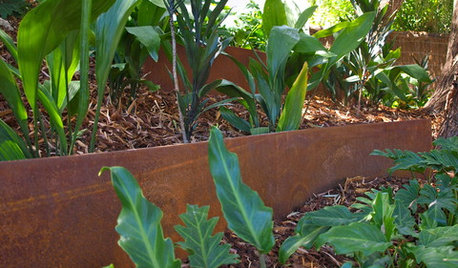
LANDSCAPE DESIGNGet an Edge: The Best Border Material for Your Garden
Do you want garden edging made of stone, concrete, metal or wood? Here are things to consider when choosing
Full Story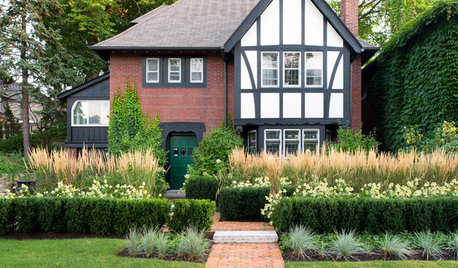
LANDSCAPE DESIGNHow Low Can Hedges Go? Discover Unusual Garden Borders
Short enough to step over, high enough to be a stretch ... check out these radically different hedge styles and tell us your opinion
Full Story


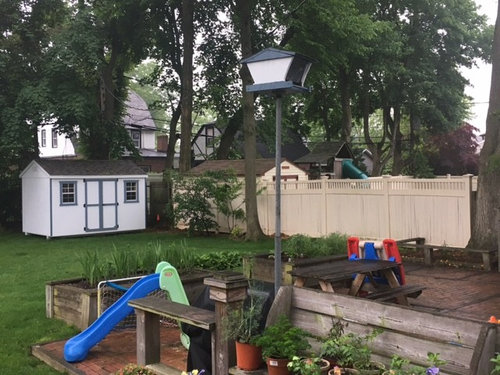
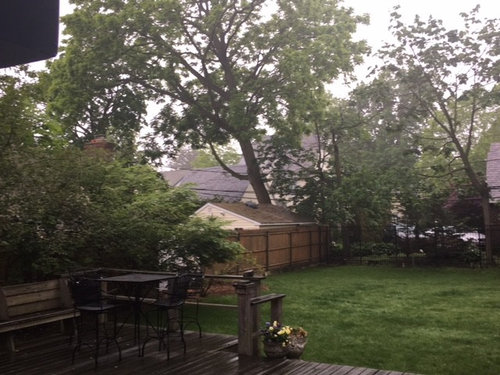
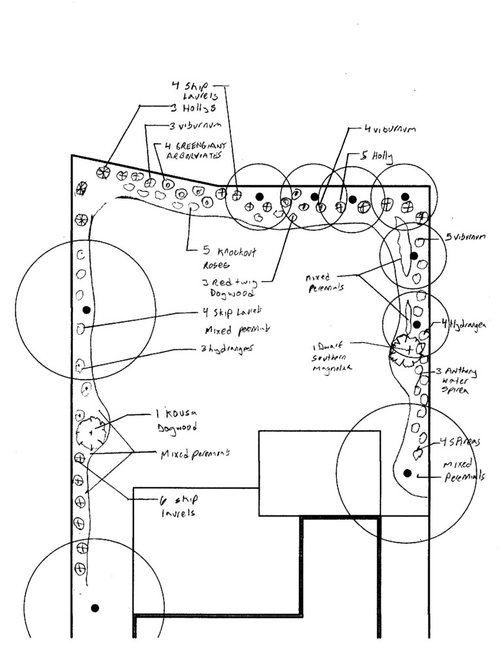
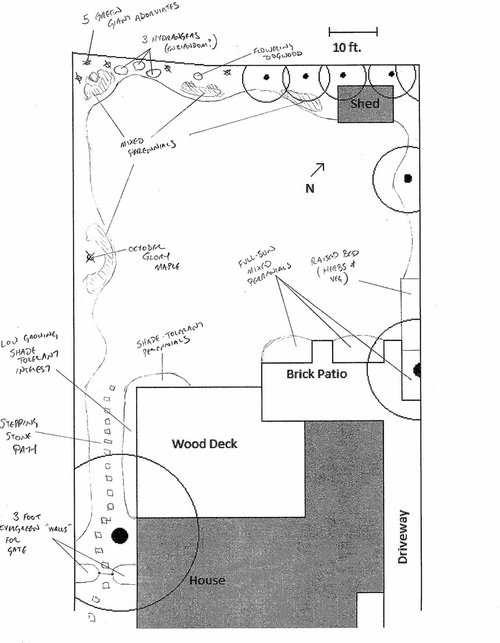


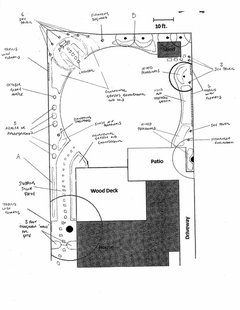
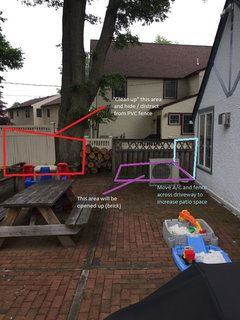
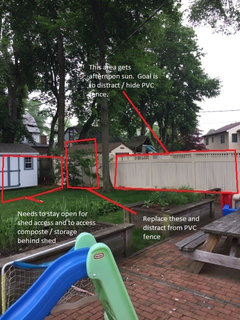

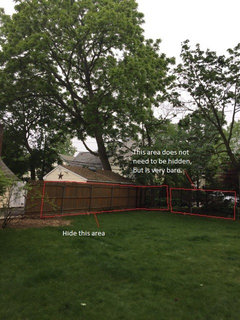




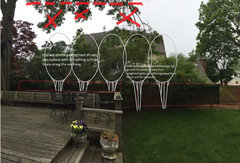




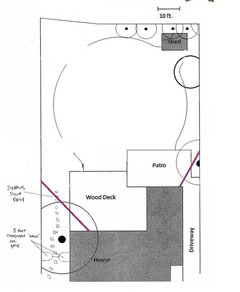




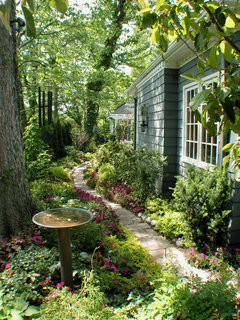

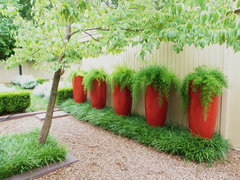

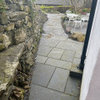



daylily